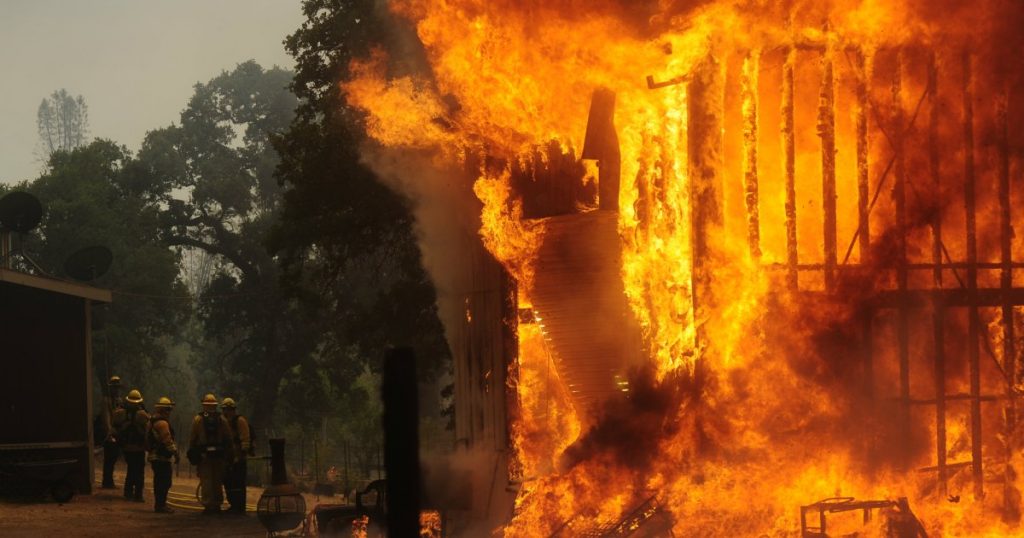As California Burns Again, Survivors Return Home to Total Devastation
“We hadn’t even gotten off the ground yet,” he said. “Now it’s in the ground.”
It’s not the expensive espresso machines, the cars, or the kitchenware that Harper is most upset about. It’s the items that can’t be replaced: snow globes his children made for him out of old peanut butter jars, and his wife’s collection of Grateful Dead memorabilia.
The Pawnee Fire is California’s largest wildfire of 2018. As of Wednesday evening, it had burned 13,700 acres and destroyed 22 structures, including several homes, according to Cal Fire officials. An additional six structures were damaged.
After two days of explosive activity, firefighters turned a corner Tuesday. The blaze was 30 percent contained by Wednesday evening, officials said. No casualties have been reported.
HuffPost toured the area Wednesday with an official from Cal Fire. Fire lines cut by dozers crisscrossed the blackened hillsides above this residential valley. Treetops were stained red from air tankers dropping fire retardant in an effort to hold back the flames. And crews roamed the blackened hillsides cutting down hazardous trees and extinguishing still-smoldering embers.
At one property, firefighters found the remains of a dog killed inside a home. At two others, antique cars burned up inside closed garages.
The active start to the 2018 fire season comes as California continues reeling from last year’s devastation, which included both the most destructive and largest fires on record.
Like many areas of California, Lake County is well aware of the threat. There have been several large blazes in this area in recent years, including the Clayton Fire in 2016 and the Valley Fire in 2015. The Valley Fire scorched more than 76,000 acres, destroyed nearly 2,000 structures and killed four civilians.
The Pawnee Fire threatened around 600 homes and put 1,500 people under an evacuation order. Until the order was lifted, dozens of evacuees were camped out at Lake County’s Moose Lodge. Among them was 80-year-old Carol Weber, who has lived in Spring Valley for more than two decades.
Resting on a cot inside the lodge, Weber said it was the fourth time she’s been evacuated from her home in the valley.
“We’re getting used to it,” she said. “You’ve got to have your bags ready.”
Weber, as of Tuesday, hadn’t heard whether her house had made it. She was hopeful and anxious to return home.
Fire crews managed to spare many residences. One belonged to Army veteran William Hern, who was at a convenience store in the valley shortly after the evacuation order lifted, thanking firefighters for their hard work. The blaze, he said, came within feet of his home.
Hern glanced up at the charred mountains. “It sure looks different—more like Arizona,” he said.
Despite his devastating loss, Harper was inspiringly optimistic. Sometimes, he said, a person gets the “wrong end of the fucking barrel.” This time it was him.
“It’s going to be a little bit of a drag. And I don’t know how” we’re going to do it, he said. “But it’s going to be forward and up.”





